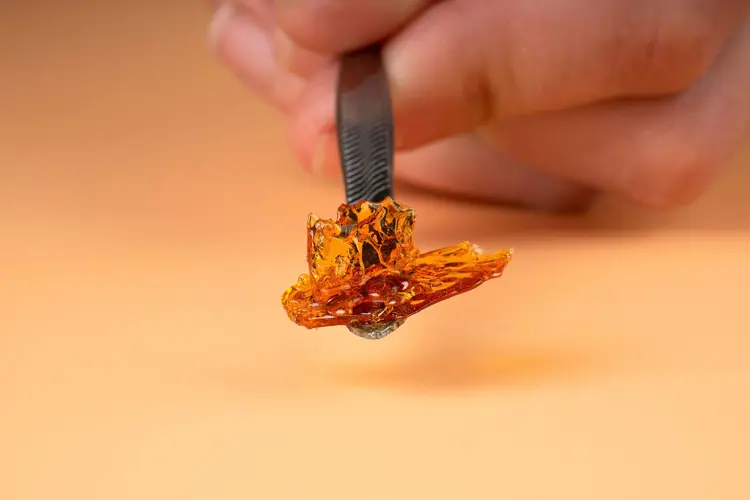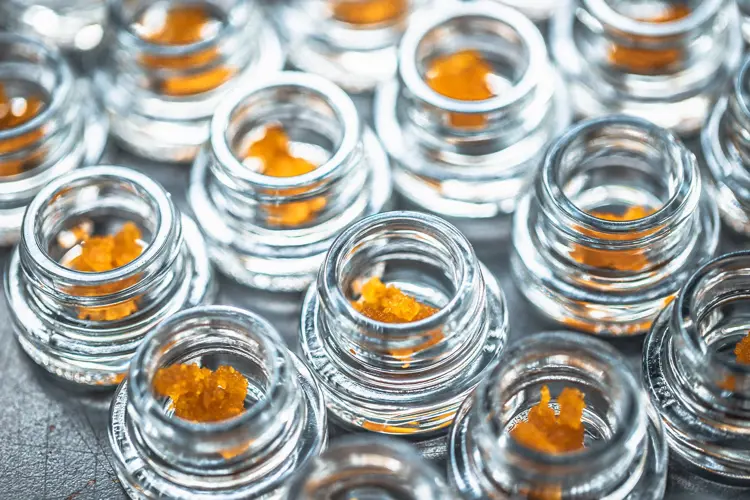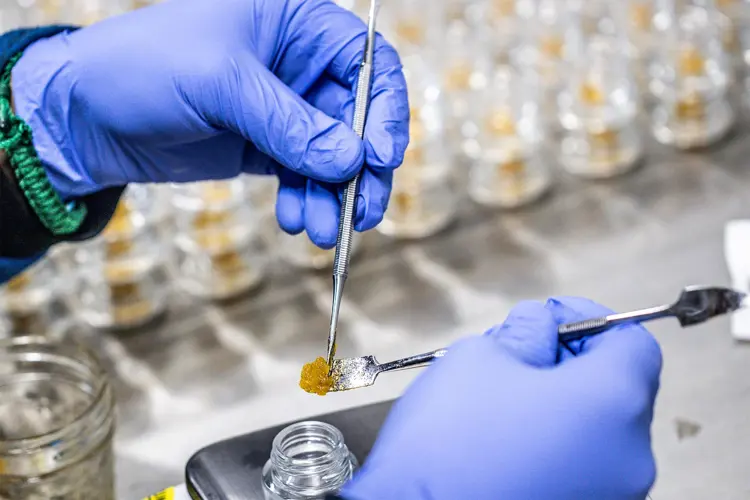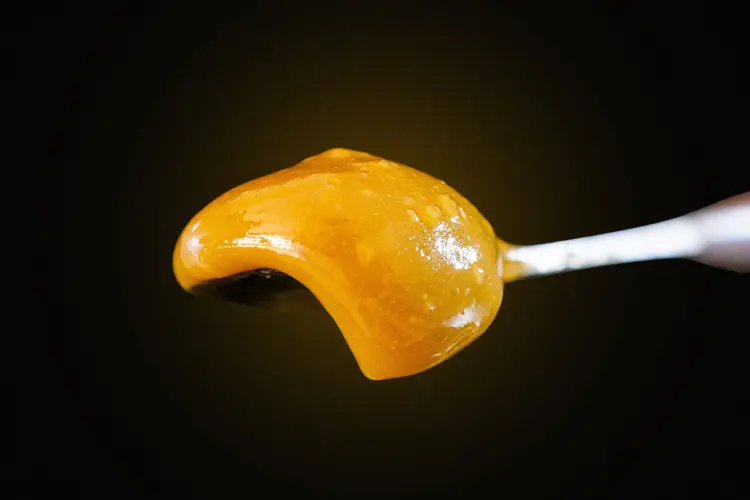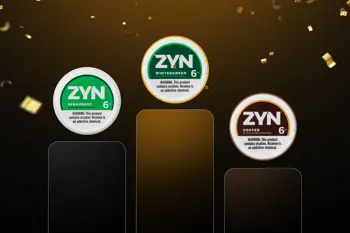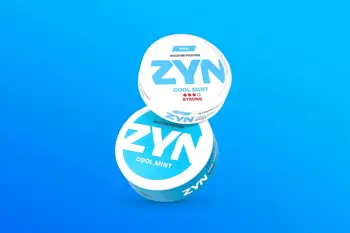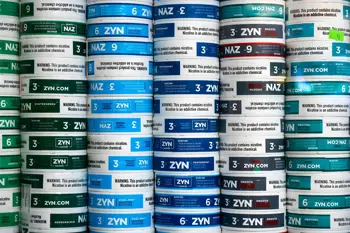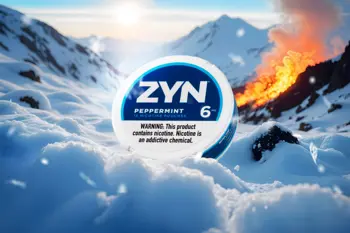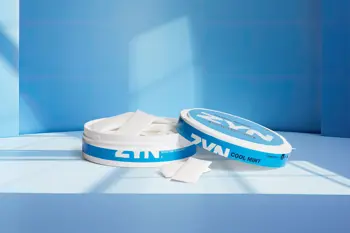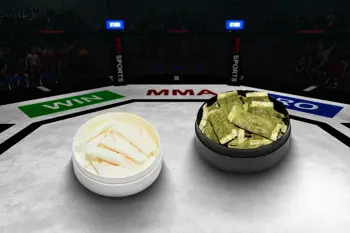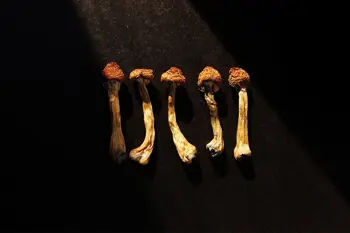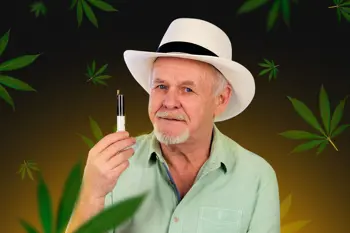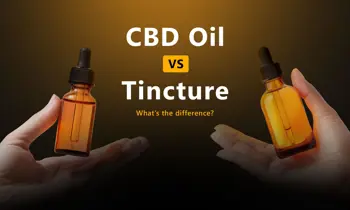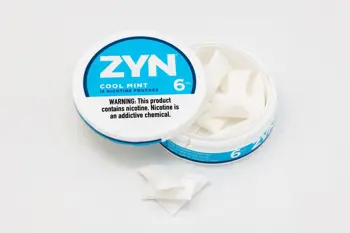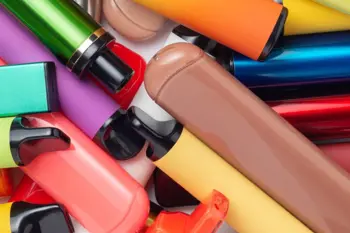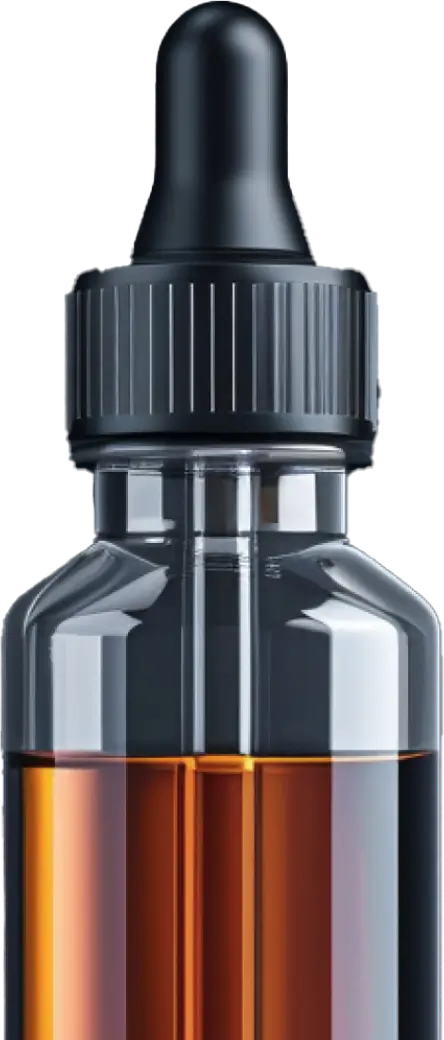The huge variety of cannabis products now available is a blessing for enthusiasts, but having so many choices can be a barrier for confused newcomers. Concentrates can be especially challenging to navigate. From budder and shatter to terp sauce, the scope is as overwhelming as it is impressive.
Modern concentrates offer something for everyone. Live resin and rosin, including live rosin, are extracts you’ll frequently encounter nowadays when shopping for cannabis products, and it’s worth learning about the range of products created using these extraction methods. It is in the post-production manufacturing phase when cannabis processors apply tools and tricks to turn the concentrate into vape oil for carts or concentrates in a variety of textures.
Live cannabis products have seen increased popularity over the past few years. When we call a weed product “live,” we simply mean that it was produced from freshly harvested plants. The flowers are not dried and cured, but flash-frozen right after harvesting and processed within a couple of days. That isn’t always true of rosin, by the way. There is live rosin, but not all rosin is made from uncured plants.
Here’s how live resin and live rosin measure up against each other, and what sets them apart from resin and rosin.
What are rosin and live rosin?
Before exploring their live versions, we’ll need to distinguish rosin from live rosin. It’s possible to create rosin products without flash-freezing the plant materials. Classic rosin is also quite new to the cannabis scene, though it’s closely related to one of the longest-standing concentrates there is: hashish.
Depending on whether you’re making rosin or live rosin, you must treat the flower differently before it’s pressed. Standard rosin is made using either lightly cured flower, hash, or kief. Live rosin is produced from flash-frozen bud and trim. As fresh bud contains too much moisture for rosin production, live rosin is made by first turning the fresh plants into bubble hash, also known as ice water hash.
Both rosin and live rosin are solventless, relying on pressure and low heat to extract the THC oil from the flower’s oil glands (trichomes). Rosin made from fresh plants requires higher temperatures than rosin made from hash or sift. You won’t generally find mass-produced flower rosin, as it can contain high levels of contaminants like lipids, waxes, and excess plant matter.
Live rosin is a subtype of hash rosin, though not all hash rosin is live. It’s an “all squares are rectangles, but not all rectangles are squares” situation.
Rather than cured flower, hash rosin is made from compressed trichomes that were agitated and separated from the plant. Trichomes are the translucent, ice-like stalks peppering the bud’s surface. These are the structures responsible for terpene and cannabinoid production. You can also craft rosin from unrefined trichomes, a loose powder known as kief.
Although rosin and live rosin have much in common, each end product is distinct, with a unique consistency and profile. Terpene preservation is a focus in all kinds of rosin manufacturing. Regardless, as live rosin requires less processing before it’s pressed, this form tends to be the most terpene-rich.
The rosin we now know and love, by the way, was a happy accident, invented during a hash production flub in the mid-2010s.
What are resin and live resin?
As rosin and live rosin are distinct products, so are resin and live resin. The tie between the resins is a bit looser, however.
Unlike rosin, resin isn’t a substance that must be mechanically extracted from the plant material. It’s the natural content of the plant’s trichomes. Many extraction techniques rely on cannabis resin, of course, but female plants will exude it with or without intervention. When you run your fingers along the surface of cannabis flower, the sticky sap you encounter is resin.
This natural excretion is a pathway to other kinds of extracts, including rosin and hash. Both come from cannabis trichomes and resin, and their end forms depend on the extraction technique, as well as post-processing. Cured resin and live resin are also resin derivatives. You might even hear that “cannabis reclaim”—the leftover residue found in your pipe or rig after a session—referred to as resin. However, that’s not what we’re talking about today.
Live resin is a golden, terpene-rich extract produced from flash-frozen flower and hydrocarbon solvents. It can be processed and turned into a variety of concentrates, including vape oil, sauce, shatter, and budder.
The first live resin was created by hash legend William “Kind Bill” Fenger, who was seeking a concentrate with the flavor and aroma of fresh, uncured marijuana.
How are live rosin and live resin alike?
Many cannabis extracts share qualities with one another. Sometimes, that doesn’t go beyond the plant they come from. Other extracts have subtle differences setting them apart, but are otherwise identical.
Live rosin and live resin sit comfortably in the middle. While they’re distinct extracts with their own attributes and production styles, they share a few key characteristics.
Full-spectrum extracts
Both live rosin and live resin are full-spectrum cannabis products.
This places them on the opposite end of the spectrum from distillates. You probably gathered it from the name, but distillates are produced by distilling out the majority of an extract’s cannabinoids and terpenes. You’re instead honing in on a specific component, such as delta 9 THC. That’s why isolates have such a high concentration of a single cannabinoid. Terpenes are lost during distillation, but can be reintroduced at a later production stage.
If you’re looking to max out on THC, you may prefer distillates over live resin or live rosin.
On the other hand, full-spectrum products contain the full range of cannabinoids and terpenes that were in the bud they were made from. The goal is to preserve the plant’s natural profile as accurately as possible without destroying or distilling particular components. Every terpene in live resin and rosin was there from the beginning. Not all terpenes are preserved, of course, but a fair number are.
High terpene content
These extracts are terpene-rich, and that’s a big reason so many people prefer them over products that sacrifice flavor to maximize THC content.
Terpenes determine the taste and aroma of cannabis. Extracts with a high terpene content are often called “terpy” by users, insinuating that the product has a robust, earthy flavor and a prominent aroma.
Even if you’re indifferent to the flavor or aroma of your cannabis products, you may prefer full-spectrum products for the entourage effect, in which the natural components of the plant work synergistically to enhance each other’s effects. Cannabinoid- and terpene-rich extracts are the best way to achieve this type of high. When you consume the flower’s full profile, you’ll experience more than the individual impact of its components. You’ll also feel what happens when they team up.
The entourage effect may lead to smoother, longer-lasting highs than those derived from strictly THC. Further, this effect seems to boost energy and focus, rather than causing a lethargic high. It may also promote relaxation, but again, you probably won’t feel weighed down by the effects. Products can be highly potent without causing you to feel sluggish.
Terpenes are arguably the most volatile component of natural cannabis flower. Unless the processor takes proper precautions during and after extraction, it’s easy to lose a large chunk of the bud’s terpene content.
Sourced from live, flash-frozen bud
Live rosin and live resin originate from flower that was frozen after harvesting. The unprocessed flower is kept in an industrial freezer, usually for up to 36 hours before processing begins. The longer manufacturers wait, the more terpenes are destroyed by oxygen and environmental conditions, defeating the purpose of live extraction.
How are live rosin and live resin different?
Live rosin and live resin involve distinct extraction procedures leading to unique products. Here’s what sets these popular extracts apart.
Production method
Neither live resin nor live rosin are made from bud that’s been traditionally dried and cured. To produce most extracts, plant material is harvested and left for several weeks to dry. Curing comes next, with the pruned flower confined to an airtight environment for at least a month. Extraction only begins after this process is complete.
Live, flash-frozen flower is required for both live resin and live rosin production, but depending on the extract you’re aiming for, treatments are different.
Hydrocarbon solvents are needed to create live resin. Butane and propane are standard picks, although ratios depend on the manufacturer’s preference. Higher levels of butane tend to create the most terpene-hearty extracts. Authentic live resin is always going to be terpy, though, regardless of which solvents are used. Since heat and light are the greatest enemies of terpenes, most would be lost if the flower was dried and cured first.
Live rosin doesn’t require solvents of any kind. This extract is made from bubble hash created from flash-frozen bud, ice water, and agitation in a bubble bag. When all is said and done, the hash can be pressed into rosin with low heat. Even an everyday hair straightener will work—with smaller yields, of course.
It’s possible to make rosin or live rosin for personal use at home, unlike live resin. Applying and purging solvents is a tricky task and one that involves some danger. It involves specialized equipment and a great deal of expertise, and is best left to professionals.
Cost
To an extent, both live resin and rosin are considered high-end products, including their respective vape oils. Authentic, high-quality live resin can be pricy, but live rosin has it beat.
Solventless extracts are generally the most complicated to produce. They’re low-yield, requiring more bud and time on the extractor’s end. Considering the added labor and cost of materials, consumers can expect a higher average cost.
If your goal is to save money and continue enjoying your rosin, consider making it at home. The process is simple, though it involves several steps and can be time-consuming. There’s little else stopping you from making your own bubble hash and pressing it with a hair straightener—no need to handle solvents.
Consistency and texture
Untouched live resin and live rosin extracts are easy to distinguish by appearance alone.
Before it’s been processed into a specific type of concentrate, live resin is sugary and malleable. The extract is highly versatile, and you’ll find in it an assortment of forms: sticky granules, whipped budders, and smooth oils, to name a few. Its color is usually golden or amber, but can vary in depth. Differences in production can lead to particular hues.
Live rosin is more opaque, with a creamy or honey-like consistency. Depending on how it’s finished, the exact texture and shade vary.
Which is better: live rosin or live resin?
Now that you know the gist of live resin and live rosin, it’s time to address the big question: which is superior?
Sadly, there really isn’t a universal answer. Each of these extracts has unique qualities, setting it apart from the rest, and depending on your priorities as a consumer, your preferences may be different. Maybe neither extract is the one for you. That’s also perfectly okay; regardless of their popularity, live resin and rosin aren’t for everyone.
If you’re looking to save money, you’ll probably want to stay away from live rosin—unless you have some time on your hands and are confident in your concentrate-making abilities. With live resin production becoming more streamlined and cost-effective, products are becoming more affordable all the time. Still, live resin extract can’t be crafted at home.
Although solvents are purged from the extract, some consumers are cautious about using products made with propane and butane. If you’d prefer to keep chemical solvents out of your lungs and take the more natural path, go with live rosin.
Ultimately, the best way to determine which you prefer is trial and error. Live resin and live rosin are both packed with potent cannabinoids and delicious terpenes, and either extract can be dabbed or vaped with a 510 thread battery. We recommend giving both extracts a try.
